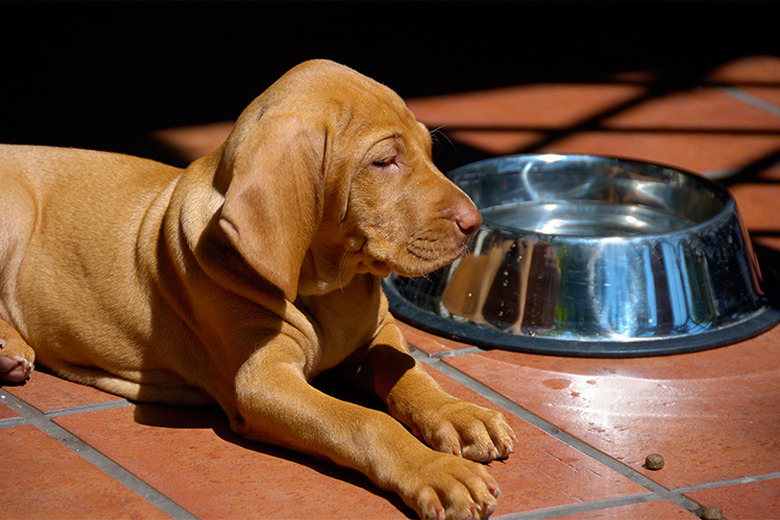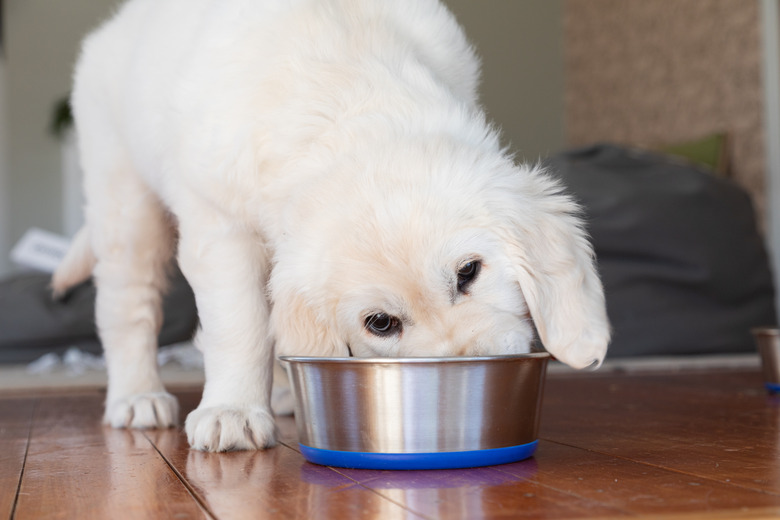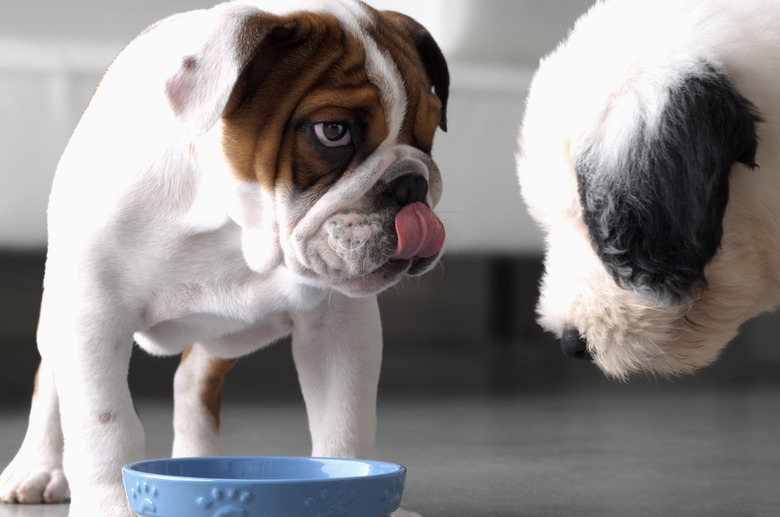Picking A Dog Bowl For A Puppy
When you head to the pet store to check out food bowls for puppies, you are bound to see a number of options in different sizes, shapes, and materials. While selecting a high-quality puppy food is the most important thing, there are some factors to consider when selecting your pup's food dish.
Dog bowl size by breed
Dog bowl size by breed
The first thing to consider when picking out food bowls for puppies is the size of the bowl you will need. While you can purchase a small bowl now and upgrade to a larger food bowl as your pup matures, it is generally easier to get an appropriate size for your puppy when he is fully grown.
Consider how big your pup will be when he is full size and select a bowl that is big enough to hold the amount of food you will likely be feeding him. You should also make sure that the bowl is wide enough that your dog can comfortably lower his muzzle into the bowl and open his mouth to pick up food. Some dogs, like greyhounds, have narrow snouts, so the width of the bowl is not much of a concern, but for breeds with larger or flat muzzles, such as boxers or mastiffs, this is an important consideration.
Food dish shape
Food dish shape
Dog food bowls come in different shapes. While most are a round, dish shape, some bowls are quite shallow, and others are deeper. A shallow bowl is well-suited to breeds with a flat nose, while a deeper dish is more appropriate for dogs with a narrow muzzle. Some bowls have a wide base with a narrower opening. This shape is great to keep long ears out of the food.
Also, consider the base of the bowl. If the bottom is narrower, it is more likely that your pup will tip it over and spill his food and water, so typically, a bowl with a wide, flat bottom is preferable. Some have a rubber base that helps to keep the bowl from sliding around on the floor.
Food bowl material
Food bowl material
There are several materials from which to choose with different pros and cons to each. Metal bowls are a popular and affordable option. They are durable and easy to clean. Be sure to select a dish that is stainless steel or aluminum and not a plated bowl that is prone to rust or chipping.
Plastic bowls are often an attractive option, as they come in a variety of fun colors and are generally inexpensive. There are some downsides to consider, though. Plastic bowls may contain BPA, which will leach into your dog's food and water. In addition, if your dog chews the bowl, she may crack the bowl or potentially ingest pieces of plastic.
Ceramic dishes are another option. They are heavy, which prevents your pup from moving them or tipping them over, and they are usually quite attractive. Unfortunately, they are likely to break or crack if you drop them, and they may not be as inexpensive as other materials.
Other types of food bowls
Other types of food bowls
While a traditional food bowl is ideal for most puppies, in some cases, you may eventually want other types of food bowls for puppies. For example, if you are active outdoors or a regular traveler, you may want a travel bowl for your pup. These are typically lightweight, collapsible, and made of silicone.
There are also slow-feeder bowls that are ideal for dogs who eat too fast. These dishes usually have a raised area in the middle of the bowl, and the food rests around the outside of the bowl. This forces your pup to slow down while he eats.
Finally, you may want to consider an elevated feeder, especially if you have a large or giant breed. This makes it easier for him to reach the bowl without putting stress on his neck, back, and shoulders. Select a feeder that is 4 to 6 inches shorter than your puppy's expected height when he is fully grown.


